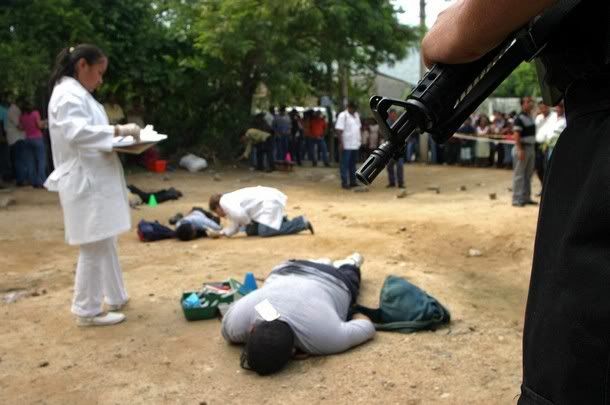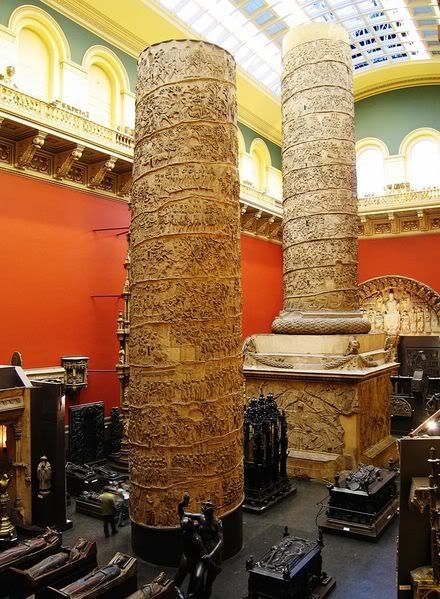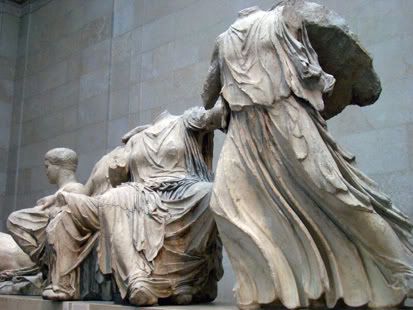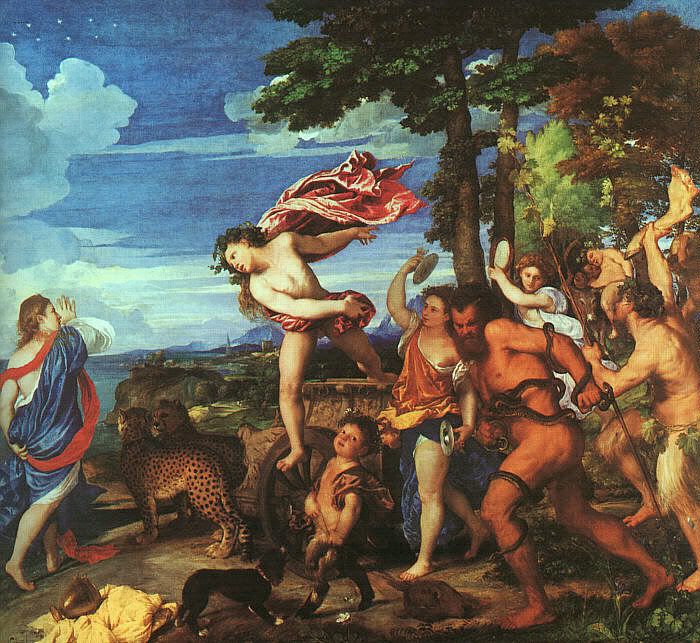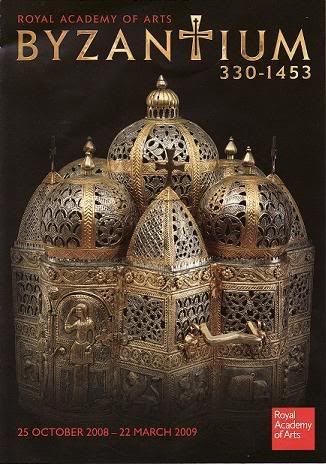
Mom's disappointed she failed to break the world record,
but promises,"Just wait till next time --
they're cheaper (for me) by the dozen."
In certain European countries, particularly Italy and Germany, the limit on the number of embryos allowed to be implanted at once is three, said Robert George, professor at Princeton University and member of the U.S. President's Council on Bioethics. George advocated following those countries' examples so that similar situations don't arise and put the lives of mother and fetuses at risk. ...A perfect mom. This woman already had six children. She is not married. She "didn't want to get married," her grandmother says. She is unemployed. According to CBS News, she "filed for bankruptcy and abandoned her home less than two years ago."
The woman's mother told the Los Angeles Times that doctors gave the woman the option of selectively reducing the number of embryos, and she refused. As to a "correct" decision at this stage, experts are split. George said that, based on the information available, his personal ethical decision would probably support the woman's choice to carry all the babies to term. ...
The nanny who works with the octuplets' siblings said Friday that the woman "adores her babies" and is "a perfect mom."
Yolanda Garcia, 49, of Whittier, said she helped care for Nadya Suleman's [the perfect mom's] autistic son three years ago. "From what I could tell back then, she was pretty happy with herself, saying she liked having kids and she wanted 12 kids in all," Garcia told the Long Beach Press-Telegram.So-called ethicists may be debating the "moral quandaries" of this situation, but I expect they are politically correct liberals who wouldn't dream of speaking out loud about the real moral issue, which isn't a quandary at all."She told me that all of her kids were through in vitro, and I said 'Gosh, how can you afford that and go to school at the same time?"' she added. "And she said it's because she got paid for it."
The real issue is why an obviously emotionally ill woman who is probably also dead stupid, and is in no way capable of supporting a family on her own, should be assisted by the medical establishment to produce yet another litter to be nurtured and raised at public expense.
While many of her fellow citizens are being turfed out of their jobs and homes, society is paying this woman to go on spewing out babies via implanted embryos.
I don't expect Miz Suleman to consider the social implications of her fetus fetish, but I would like to imagine that responsible members of the medical, legislative, and media professions (if there are any remaining responsible practitioners in the last field) might show some concern. But apparently that's too much to expect in Oprahfied America, where everything comes down to "feelings" and "caring," regardless of wider consequences.
So, three cheers for Nadya Suleman, today's perfect mom.
UPDATE 2/1
The Times (London) says:
THE single mother of octuplets born in California last week is seeking $2m (£1.37m) from media interviews and commercial sponsorship to help pay the cost of raising the children.Nadya Suleman, 33, plans a career as a television childcare expert after it emerged last week that she already had six children before giving birth on Monday. She now has 14 below the age of eight. Although still confined to an LA hospital bed, she intends to talk to two influential television hosts this week — media mogul Oprah Winfrey, and Diane Sawyer, who presents Good Morning America.
Her family has told agents she needs cash from deals such as nappy [U.S. = diaper] sponsorship — she will get through 250 a week in the next few months — and the agents will gauge public reaction to her story.
Miz Suleman -- and contrary to my earlier phrase, "her fellow citizens," it is not clear whether she is a U.S. citizen, or among our booming population of invited refugees, or even in the country legally -- describes herself as a “professional student” living off education grants and parental money.
Angela Suleman said her daughter was advised to terminate some of the embryos in the first 12 weeks of pregnancy for the sake of her health, but she refused because she did not know how to make such a life-or-death decision.I'm loving it, honestly. I'll take my laughs where I can get them. This country is beyond parody, if not hope. A ne'er-do-well sponger and "professional student," who didn't know how to make a "life-or-death decision" about her own pregnancy of alien embryos, plans a career as a television childcare expert. And the media are only too happy to make her into an instant celebrity, if not expert.



